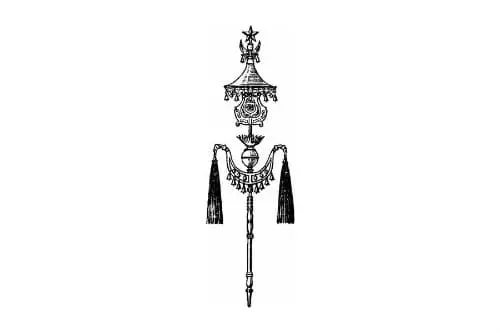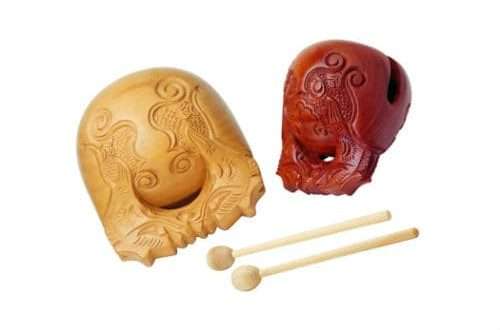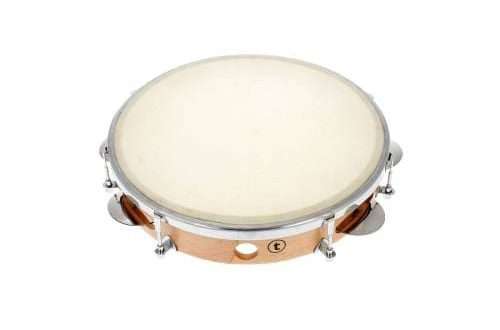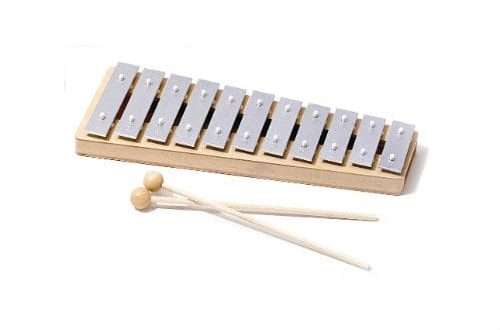
Bunchuk: tool description, design, history, use
Bunchuk is a musical instrument belonging to the type of shock-noise. It is widely used to the present in military bands in some countries.
Bunchuk is a modern generalized name for the instrument. In different countries at different periods of history, it was also called the Turkish crescent, the Chinese hat and the shellenbaum. They are united by a similar design, however, it is almost impossible to find two identical bunchuks among the many currently existing bunchuks.

The musical instrument is a pole with a brass crescent fixed on it. Bells are attached to the crescent, which are the sounding element. The layout may be different. So, the pommel of a round shape is widespread. It was this that was the reason why in France it was usually called the “Chinese hat”. The pommel can also sound, although not in each of the above options. It was also common to fasten colored ponytails to the ends of the crescent.
Presumably, it first arose in Central Asia in the Mongolian tribes. It was used to issue commands. Probably, it was the Mongols, who fought from China to Western Europe, who spread it throughout the world. In the 18th century it was widely used by Turkish Janissaries, from the 19th century by European armies.
Used by famous composers in the following works:
- Symphony No. 9, Beethoven;
- Symphony No. 100, Haydn;
- Mourning-Triumphal Symphony, Berlioz and others.
At the moment, it is actively used by military bands of Russia, France, Germany, Bolivia, Chile, Peru, the Netherlands, Belarus and Ukraine. So, it could be observed in the military band of the Victory Parade on Red Square on May 9, 2019.





